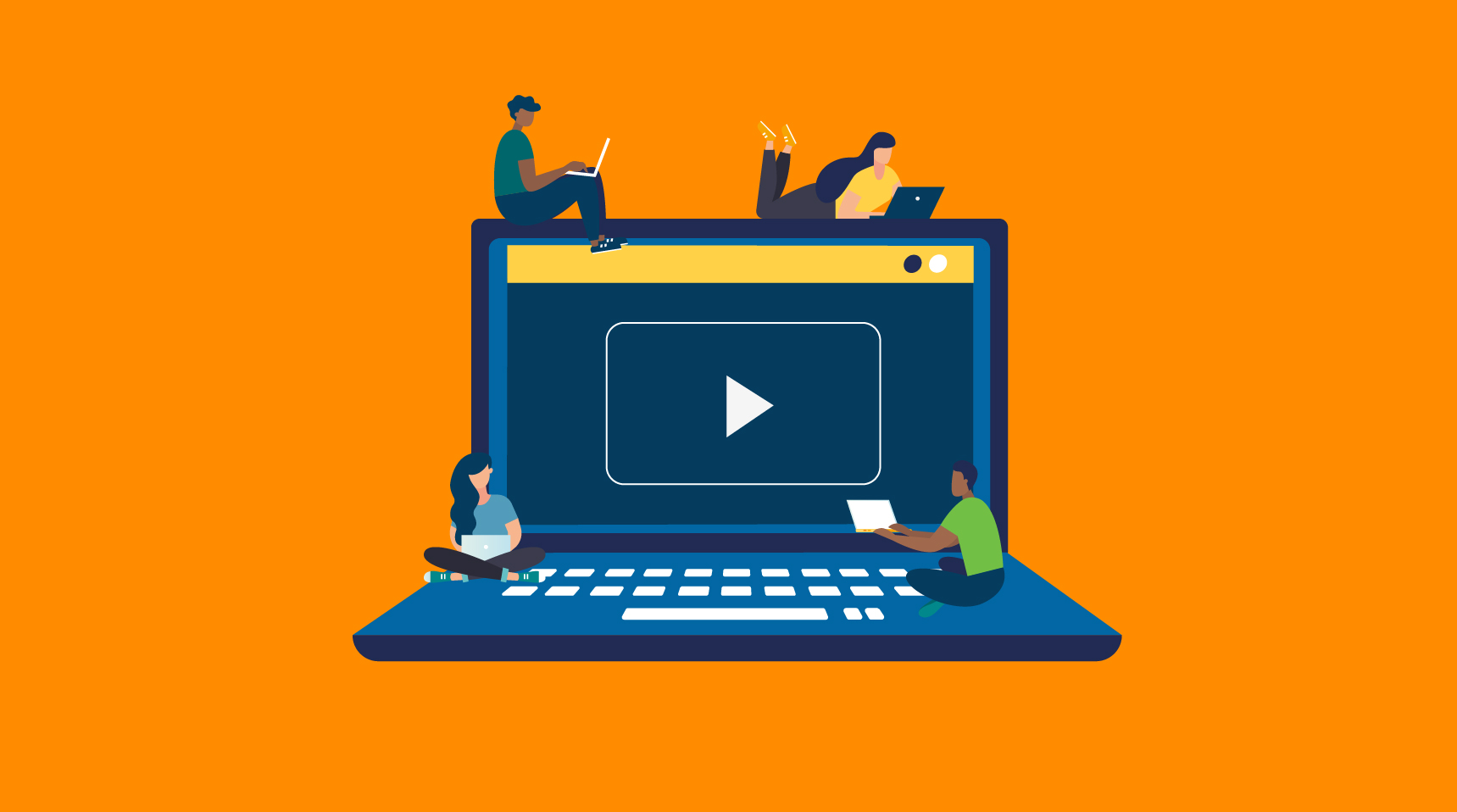Convenient and easily accessible, online learning and development is growing exponentially but much of the investment is wasted. So what’s the secret of success?
One knock on effect of the trend towards Work from Home (WFH) has been a massive increase in online learning. Recent research published by the Chartered Institute of Personnel and Development (CIPD) shows that 40% of organisations have seen an increase in requests for flexible working following the pandemic, with a fifth seeking to put in place additional measures or investment to enable more hybrid or homeworking in the next six to 12 months.
Alongside this, according to Facts & Factors, a market research organisation, the global e-learning market is likely to grow to more than $374.3billion by 2026, at a CAGR of 14.6% between 2020 and 2026. But there are strong indicators that much of the investment that organizations make in online training is wasted. In our landmark White Paper “Why most leadership development fails and what to do about it”, Threshold reviewed the latest research literature as well as interviewing L&D budget holders from some of the world’s leading corporations. More than half expressed the view that results from online learning were distinctly mixed.
As technology has improved so has the impact of online learning. But the ability to create the impact that one gets from face-to-face learning has remained elusive.
Why do our minds wander during online webinars, presentations and lectures? The answer is in part because they’re not interactive enough – we sit there as the passive recipient of the information. If we know that we’re not only able to respond but we’re going to have to do so, then we’re more likely to pay attention.
Interactivity appears to be the vital ingredient. Basing the learning on scenarios that are relevant and resonate with participants, is a prerequisite for success, but it’s not sufficient, without high levels of interactivity.
To understand why interactivity is so important, it’s necessary to take a quick detour into the neuroscience. Learning is literally created by altering the brain’s neural pathways. When learners are challenged to evaluate a situation and make decisions, the prefrontal cortex – the part of the brain that is used to navigate the social landscape – is more actively engaged. Electrical and chemical signals are being sent from this area to various parts of the brain. The more activity in the neural network, the more readily these pathways are created and sustained.
At Threshold, our interactive learning videos are designed to fire up the neurons in the two parts of the prefrontal cortex. The dorsolateral prefrontal cortex processes logic and rational decision-making. While the ventromedial prefrontal lets us know how we feel about something. Effectively, this is our emotional temperature check: Our gut feeling.
Our videos start with a scenario that mirrors the learner’s concerns at the time, an issue that represents the challenges that they’re facing at work. By identifying a problem and looking at how emotional intelligence can be used to manage that problem in a practical way, we can really connect with the learner.
As with face-to-face training, storytelling is essential. This use of narrative not only allows for realistic characters in realistic situations but it also adds coherence and logic. In that classic storytelling arc, one thing leads to another in a way that makes it easier for audiences to relate to what they’re seeing, with the result that it’s more likely that they’ll keep watching to find out what happens next.
Now the latest video technology means that, when we’re watching videos depicting fictional scenarios that fit with our experience of the world of work, we can click to recommend a course of action for the characters, or choose an answer to a question from a range of options.
That’s why with our online training we take relevant, real world scenarios for each learner and allow them to follow the twists and turns of the story as it unfolds. All this happens through the eyes of a character that the learner can identify with. Conversations between these characters hit road bumps – just as they would in real life – but here the learner is invited to provide advice by choosing between two options. For example, would they recommend that a senior manager who has got into difficulties when talking to one of her line reports goes for option A or B to remedy the situation?
Interestingly the most obvious answer is not always the correct one – as the Threshold facilitator explains, as they offer insights before going on to provide the learner with a toolkit of techniques that they can take away and use in their own professional lives.
Technology might be revolutionising the way in which we work and experience learning and development but the classic good teaching practice of making the experience interactive combined with the ancient art of telling stories that resonate, inform and inspire continue to be as important as ever.
To discover more about the ways in which organizations such as Accenture and Shell are using the latest video technology to develop tomorrow’s leaders, click below.





